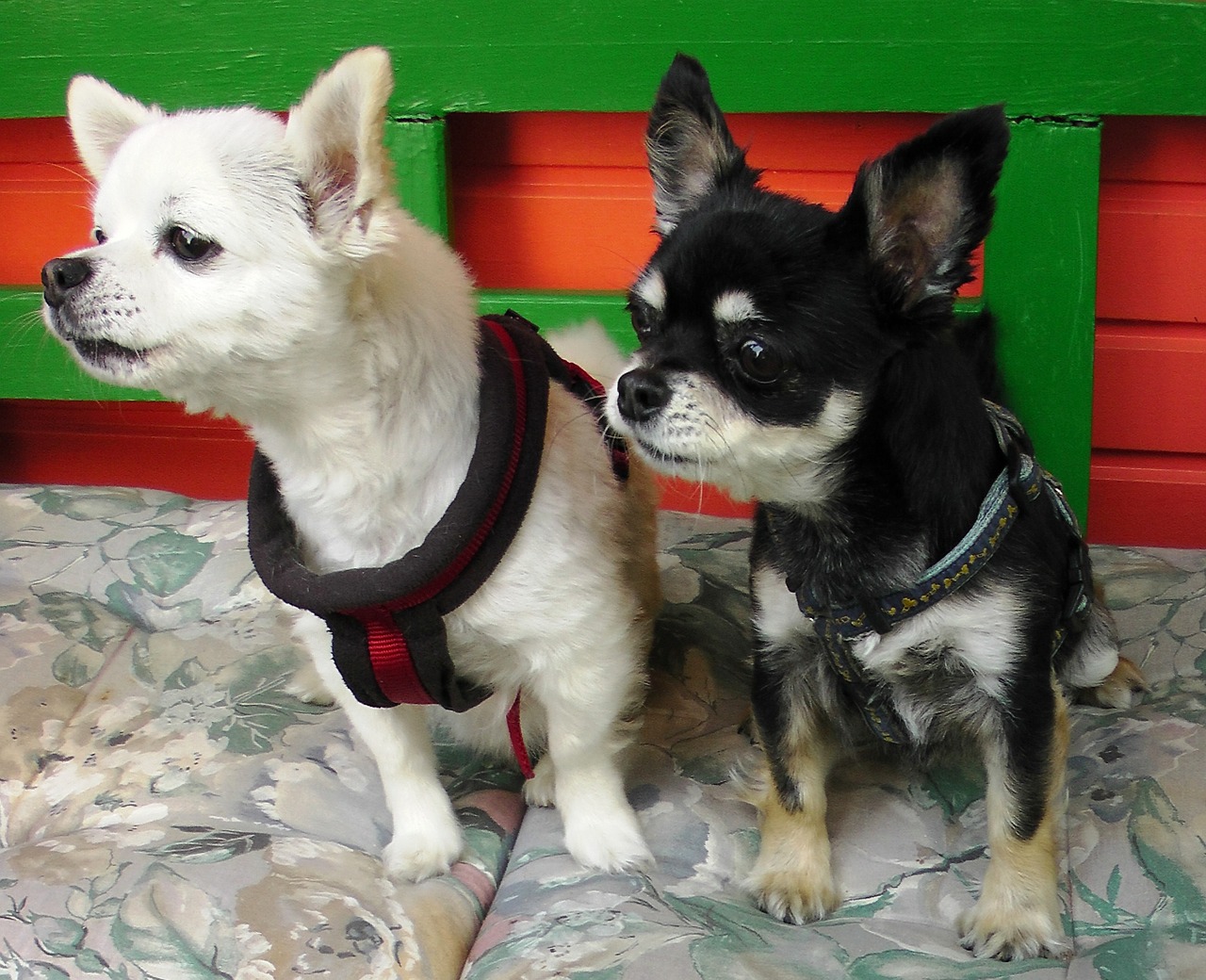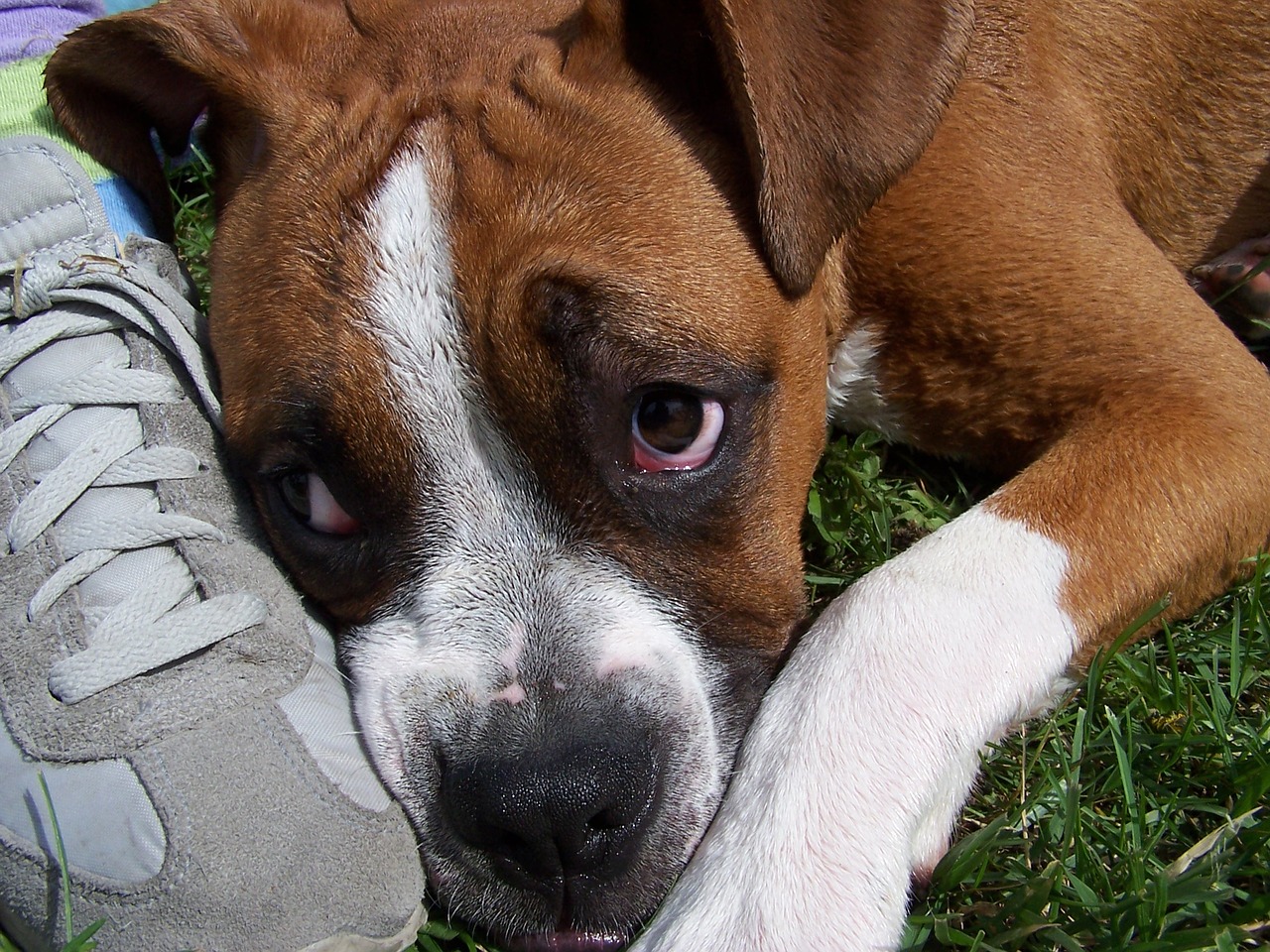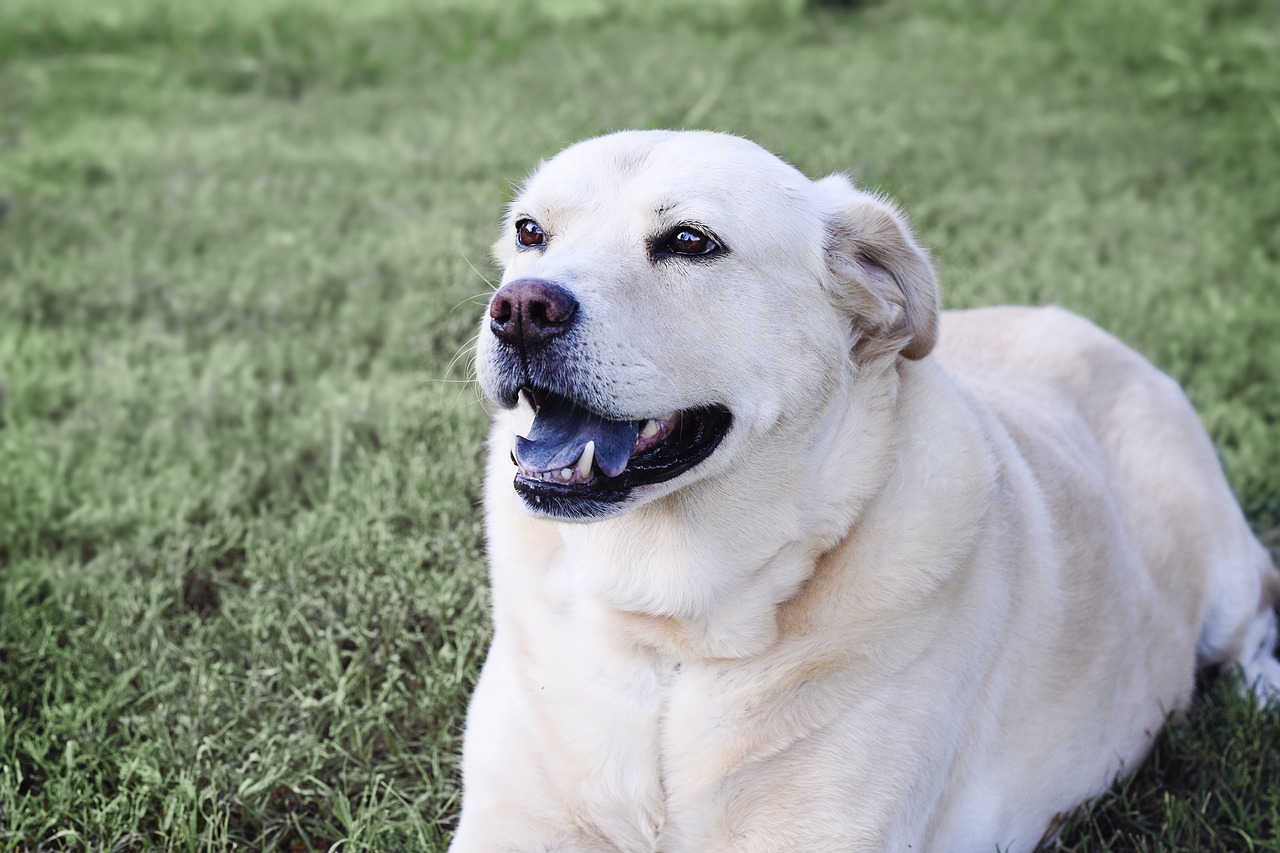If you’re like Sandy, you brought home your cute rescue pup hoping for a cuddly companion. While Cooper is cuddly-- for about 30 seconds at a time -- more than not, he’s chewing on your couch legs or barking at invisible foes.
What’s a dog lover to do?
First, frequent barking and excessive chewing are common dog behavior problems. However, with a little insight, you can probably curb these tendencies in most dogs.
How to Handle Excessive Barking?
If your neighbors complain that your Cooper barks all the time when you’re not home, it’s a problem. Not just because you’d prefer to have civil relations with your neighbors but also because your dog is trying to tell you something. Granted, some dogs are barkers and it’s how they express themselves. Dogs bark to claim territorial rights, to express their frustration, gain attention, in response to other dogs barking, etc.

However, when you assess the barking triggers, you may find that reducing the barks is a matter of simple training. According to the ASPCA, “The first step toward reducing your dog’s barking is to determine the type of bark your dog is expressing.
The following questions can help you to accurately decide on which type of barking your dog is doing so that you can best address your dog’s problem.
- When and where does the barking occur?
- Who or what is the target of the barking?
- What things (objects, sounds, animals or people) trigger the barking?
- Why is your dog barking?”
Once you’ve addressed the main reasons for the barking, territorial, greeting, etc. then you can address it through a training program. You might find it easiest to work with a dog trainer.
What About Chewing?
If your dog eats everything in sight, including your doorway trim and furniture, your dog may be teething, bored, or stressed. With young dogs, excessive chewing is often related to teething. Like teething human babies, their gums are sore and gnawing on stuff helps. Unfortunately, that “stuff” might be your furniture legs, your shoes, or other things you don’t want eaten. Here’s how you can help that. Start by dog proofing your house. Make sure shoes, electronics, books, anything you don’t want chewed and can be moved are kept out of reach of your puppy. With older dogs, you may want to make it a point to get more exercise everyday. Longer walks, fetch time, play dates with other dogs...it may be that your dog just needs more stimulation. As they say, tired puppies are good puppies.

Do You Have an Aggressive Dog?
Some dogs develop an aggressive personality toward other dogs or even people. Some of it is genetic or stems from territorial behavior. However, it can also be the result of a painful condition so it’s worth a visit to your veterinarian to ensure there’s not a medical reason behind the aggression. According to PetMD, “Inter-dog aggression occurs much more frequently in non-neutered male dogs. Common signs usually start appearing when the dog reaches puberty (between six and nine months old) or becomes socially mature at 18 to 36 months. Generally, inter-dog aggression is more of a problem between dogs of the same gender.”

You can recognize dog aggression as biting, growling, lunging at others and it can often appear unprovoked to the non-dog professional. However, things can occur that you’re not aware of, such as, coddling a weaker dog while punishing the aggressive dog. That’s only going to make the dog who’s bullying madder. (Just like in the schoolyard.)
Other dog behavior problems include:
Resource guarding - when your dog growls at anyone who comes near his food bowl, this could turn into a dangerous situation and you’ll want to address it right away.
Separation anxiety -- While dogs are pack animals and want to be with their pack leader (you), some of them carry it to the extreme. You get up, they get up. They’ll follow you into the bathroom (and whine if you don’t let them in.) When left alone, they may destroy things or bark incessantly. If your dog panics at being away from you for even a second they may be suffering with separation anxiety.
Whining/Howling -- When your dog takes barking to another level of howling, this is not fun for you or your neighbors. When it happens frequently, it’s an indication that something is wrong.
How to Avoid Dog Behavior Problems
Enrolling your puppy in puppy kindergarten and establishing boundaries early on is a good start and for some dogs, that may be enough. Others will need on-going training to address specific problems. Always talk with your veterinarian about your dog’s temperament and behavior. We know a lot about dog behavior and can offer you tips on helping your dog be a good companion.


